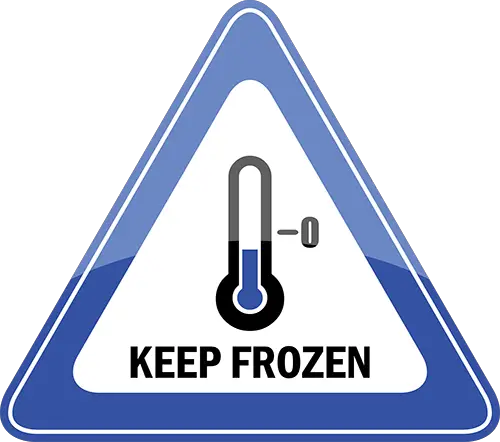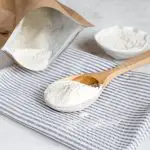How To Freeze Yeast (Explained)
Yeast is an essential ingredient in most baked goods and bread. Additionally, it’s one of the main ingredients in homemade beers. Whether you buy yeast in giant bags or the tiny tablespoon packets, you might be interested in freezing a little bit for later.
You can freeze yeast if you have too much of it or if you’ve opened the package and want to keep it fresh. Other options for storage include putting the yeast in an airtight jar in a cool, dark place in your pantry. The yeast will last even longer in the fridge, though.
As long as you use best practices for storing yeast, it should last much longer in the freezer than on the counter. Below, I’ll talk about the safest ways to store yeast and how to determine whether or not something is freezer safe. Then, I’ll walk you through how to store your yeast step by step, so keep reading.
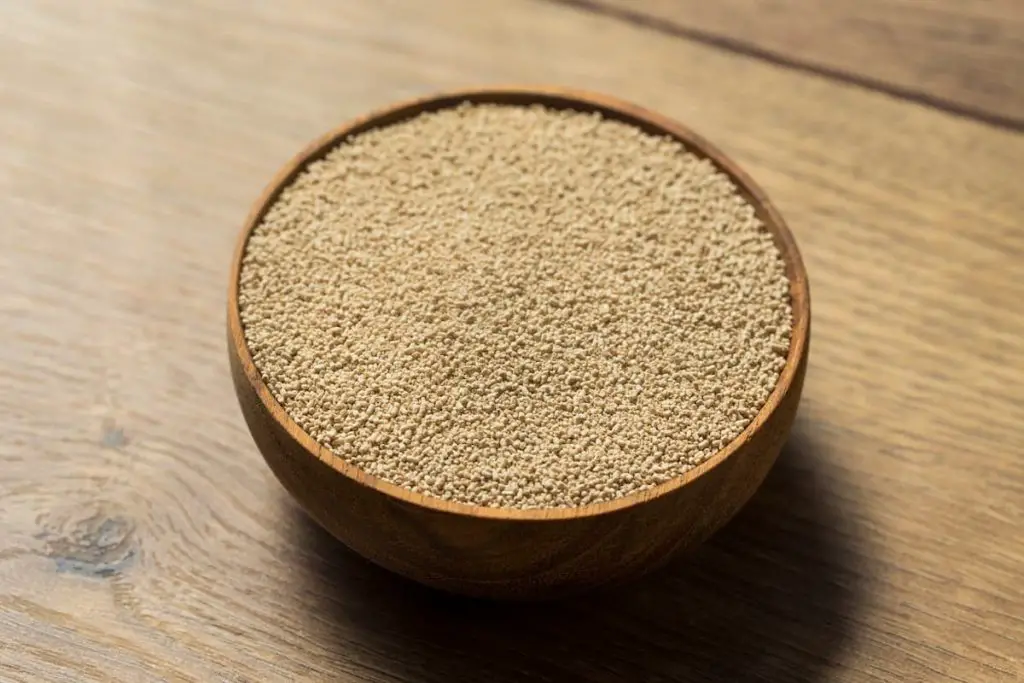
Can I Put Yeast in the Freezer?
If you’re a bread or a beer maker, you may know that moisture is what helps activate the yeast. For this reason, you might think putting yeast in the fridge or freezer will ruin it.
You can put yeast in the freezer as long as it’s in a sealed container with minimal air exposure. Just like other similar dry products, such as flour, it’ll work best if the bag hasn’t been opened yet. Regardless, you can store it in the freezer to keep it fresher longer or save it for later.
Putting the yeast in the fridge won’t help it last as long as the freezer will, so it’s best to store your yeast in the freezer. Even fresh yeast is known to do well in the freezer.
Yeast Can Stay Frozen for About 6 Months
Most bread bakers may know that yeast is less expensive when you buy it in bulk. Putting yeast in the freezer before you open it ensures it’ll last for at least six months or even longer when sealed up properly.
For yeast, you should classify it with your other dry goods, like flour or sugar. Take a scoop at a time and thaw it out, rather than thawing out the entire bag and putting it back in the fridge.
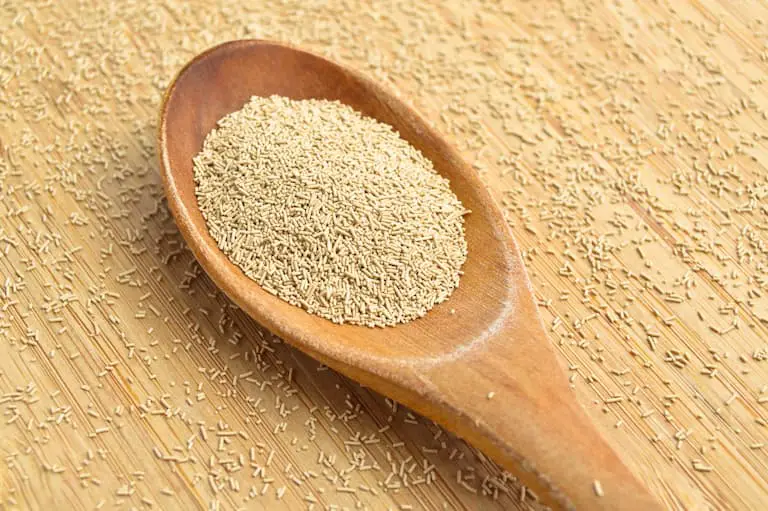
How Can I Save Excess Yeast?
Buying in bulk is the cheapest way to buy yeast if you’re constantly baking or home-brewing. However, if you’re only using a little bit of yeast time, the excess might be wasted. That’s where freezing or vacuum sealing will come in.
You can save excess yeast by putting it in a vacuum-sealed container and storing it in your pantry or placing the container in the freezer. An unopened bag will stay fresh for sometimes over a year, depending on when you buy it. Once opened, it’s best to store it in the freezer.
You can store yeast in vacuum-sealed bags, jars, or containers. Additionally, you might consider getting a tool to suck up any extra air in your jars.
Make sure that whatever you’re using, there’s no moisture! Adding moisture to yeast is usually what activates it. Additionally, if you freeze your yeast, make sure to thaw it out before using it.
Store Your Yeast in a Cool and Dry Place or Freeze It
Yeast is best stored in a cool, dry place, such as your pantry. Storing it in the freezer is okay, but the longer it’s in there, the more risk you take that the texture or taste will be slightly off due to being in the freezer.
Yeast typically lasts as long as two years unopened in a cool, dry place. You’ll need to switch up the location when you open it up. The fridge and freezer are excellent options, but frozen yeast will last longer for storage purposes.
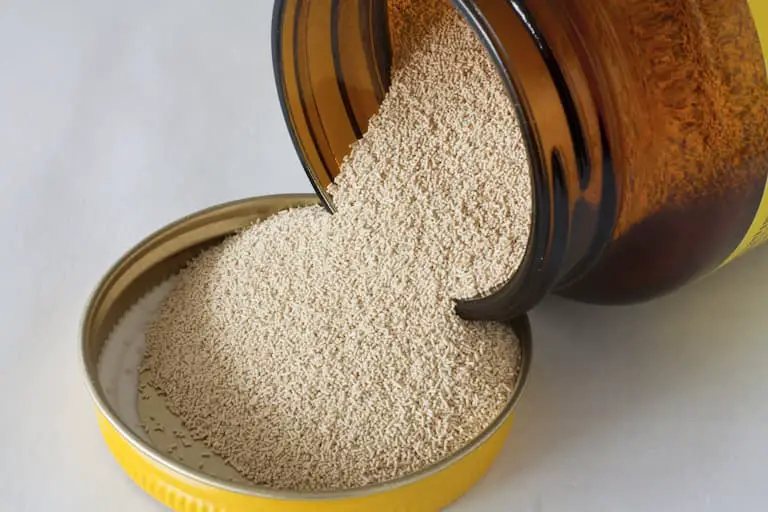
Best Products To Help Store Excess Yeast
To store your yeast, you’ll need to consider your situation. If you have a big unopened bag of yeast, you don’t need much else. Go ahead and put your yeast in the freezer.
However, if your yeast has been opened, you can take a few other roads. You can roll up the bag as much as possible, seal it with some rubber bands, or add your yeast to little jars.
It’s essential, though, to remember the best practices for freezing. Air and moisture are the enemies here, so you need to use bags or jars specifically made for the freezer. This video shows a storage method using glass jars and using a brake bleeder kit, which removes excess air from jars:
You can get a brake bleeder kit at the store or online. The above video features the HTOMT 2-in-1 Brake Bleeder Kit (available on Amazon.com). It’s convenient to carry, and you can use it for home and business uses.
Additionally, grabbing glass jars with little room for air can be helpful. These glasses Mason Bottle Mason Jars from Amazon.com seal extra tight to ensure no extra air or moisture gets into the jar. I like these because they come in different sizes, so you can measure out how much yeast you typically use and store it there.
The above video suggests adding some paper towel or coffee filter to the jar to soak up any extra moisture.
Freezing Helps Maintain Your Food’s Taste and Texture
Frozen foods last longer and only face minimal changes in texture or taste. This is due to a loss in moisture or an excess of it—putting the lid on a casserole or dish too quickly after cooking can trap in steam and condensation, getting frostbite all over your food post-freeze.
Loss in moisture can affect the texture (think frozen bread thawed out). Especially if something is in its original, airtight packaging, it’ll be less likely to face texture or taste changes.
The USDA encourages frozen foods because it helps prevent mold and bacteria growth and keeps food fresher for longer, discouraging food waste. However, it cautions against putting things in air-permeable containers or leaving them in the freezer too long.
Can You Freeze Yeast – Final Thoughts
Storing yeast in the freezer is a great way to keep it fresh longer. Usually, big bags of yeast will last for a year on your shelf unless they’re opened. When you open up a bag of yeast, it’s best to freeze it or store it in a different container.
Suppose you’re invested in keeping your yeast fresh for as long as possible. In that case, you could also invest in a vacuum sealer or a device that helps jars become airtight. Otherwise, you could buy smaller amounts at a time or get the small packets for your baking needs.
